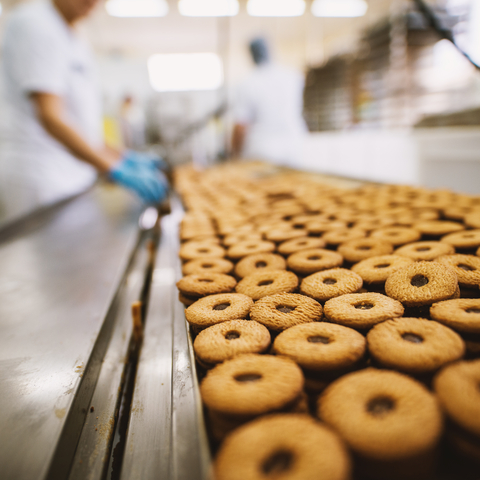Recipe Cost Calculator: Subrecipe Costing Flow
One of the most useful features of ReciPal (and hopefully any nutrition label software) is the ability to create subrecipes.
We've upgraded the costing aspect of subrecipes along with a few other costing updates that you can see here, here, here, and here.
Subrecipes at a Glance
Subrecipes can be used as ingredients in other recipes and are incredibly useful if you have a common base that is used in various flavors and products. Think ice cream bases, batters, marinades, and spice mixes. Any time you have several recipes with minor differences you should probably use a subrecipe.
Then, when something changes in the subrecipe you only have to update it in one recipe instead of the 5 (or more) that have that set of ingredients. It's a lot faster, less prone to error, and more organized.
Subrecipes Costing Was Confusing
Whenever you update a subrecipe ingredient amount, add or remove a new ingredient to it, or otherwise change a subrecipe, the nutrition changes will automatically flow through to the recipes it's in.
However, that wasn't the case for the costing. The subrecipe was treated just like any other ingredient. If you updated the cost of an ingredient in a subrecipe (or updated the amount of an ingredient and hence changed the cost that way), you'd then have to go into a recipe that had the subrecipe and update the subrecipe cost there too. You'd also lose the breakdown between food, labor, packaging, and overhead - the subrecipe would be considered a food ingredient even though it's more than that.
That sounds confusing and it is.
Subrecipe Costing Now Flows Through To Recipes
So we got rid of it and made sure subrecipe costing happens automatically. When you change the costing of a subrecipe its costing gets updated in the recipes it is used in too. It also tracks the different costs involved - the food cost, packaging, labor, and overhead cost. That way you don't lose those splits when you use a subrecipe in another recipe.
The only catch is that you can't manually update the subrecipe cost in another recipe. You'll see (in the image below, for example) that subrecipe costs are disabled when they're in another recipe. There's a little popup next to the subrecipe name that explains why and how you change it. It's pretty simple though - you need to change the cost in the actual subrecipe. Then it will automatically get updated in the recipes it's used in.

Subrecipe costing happens on that recipe's costing page and then automatically flows through to final recipes.
As you can see above, there are only two ingredients (the subrecipe and feta), but the breakdown includes costs for labor, overhead, and packaging, not just food. That's a big improvement.
Last Words, Questions, and Comments
This should be a great tool and time-saver for costing and pricing your food product.
Have questions about how to properly cost your product or how to make use of subrecipes? Ask us by email, livechat, twitter, or leave a comment below. And as always, let us know if you have any other ideas for improving ReciPal.






